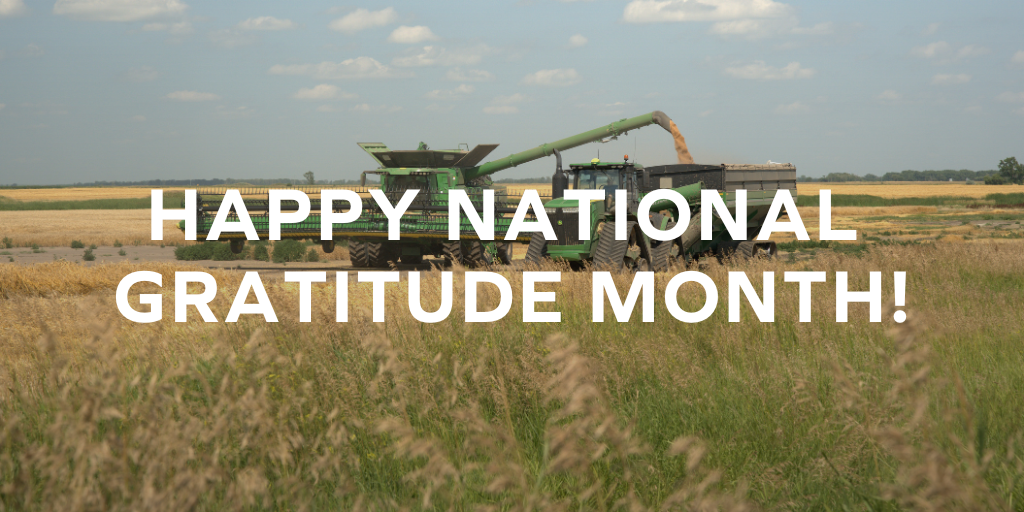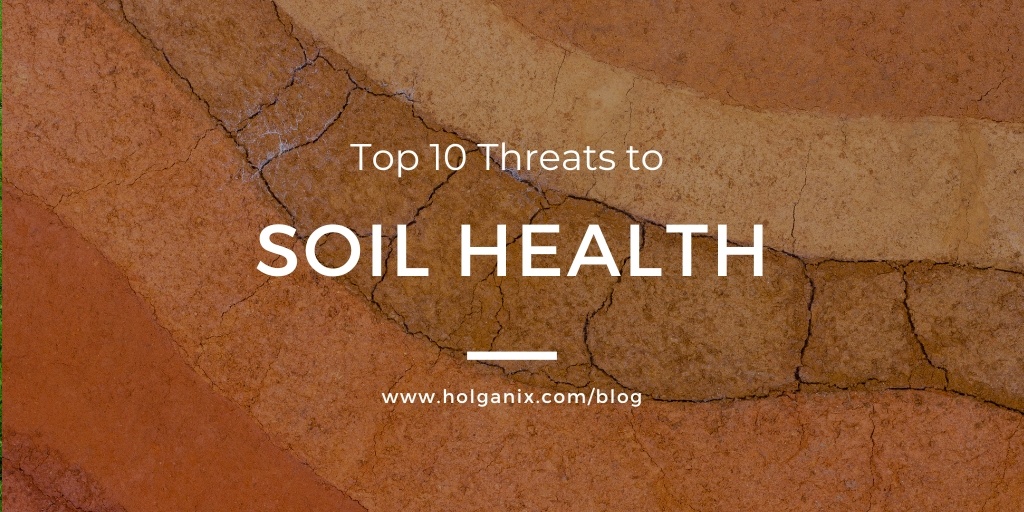 |
September 26, 2024
|
12:43 PM
|
September 26, 2024
|
12:43 PM
Recent
Popular
-2.jpg)
-1.jpg)
-1.jpg)
-1.jpg)
.jpg)

-2.jpg)
How Carbon Gets Dirty: The Science of Moving Carbon From Air to Soil
-1.jpg)
Holganix Case Study: Stance Capital
-1.jpg)
A Season of Gratitude from Barrett Ersek, CEO Holganix, Inc.
-1.jpg)
The ROI of Regeneration
.jpg)
The Science Behind Soil Health: Understanding Bulk Density & Soil Organic Carbon

Happy National Gratitude Month!
Lists by Topic
- blog (423)
- lawn care (378)
- agriculture (221)
- golf course (205)
- sports turf (202)
- holganix reviews (168)
- story (126)
- Holganix Bio 800 (32)
- farmers (28)
- soil health (24)
- soil (17)
- trees (16)
- webinar (16)
- Holganix Bio 800 Breakdown (14)
- holganix case studies (12)
- Holganix Bio 800 Agriculture (11)
- Soil heath (10)
- soil microbes (10)
- Holganix Bio 800+ Revive (9)
- carbon (9)
- crop residue (8)
- holganix results (8)
- fertilizer (7)
- Gratitude (6)
- turf (6)



.jpg?width=1024&height=512&name=Blog%20headers%20%232%20(97).jpg) O
O

.webp)
-1%20(1).webp)
-831535-2.webp)



.jpg)

.jpg)
.jpg)
